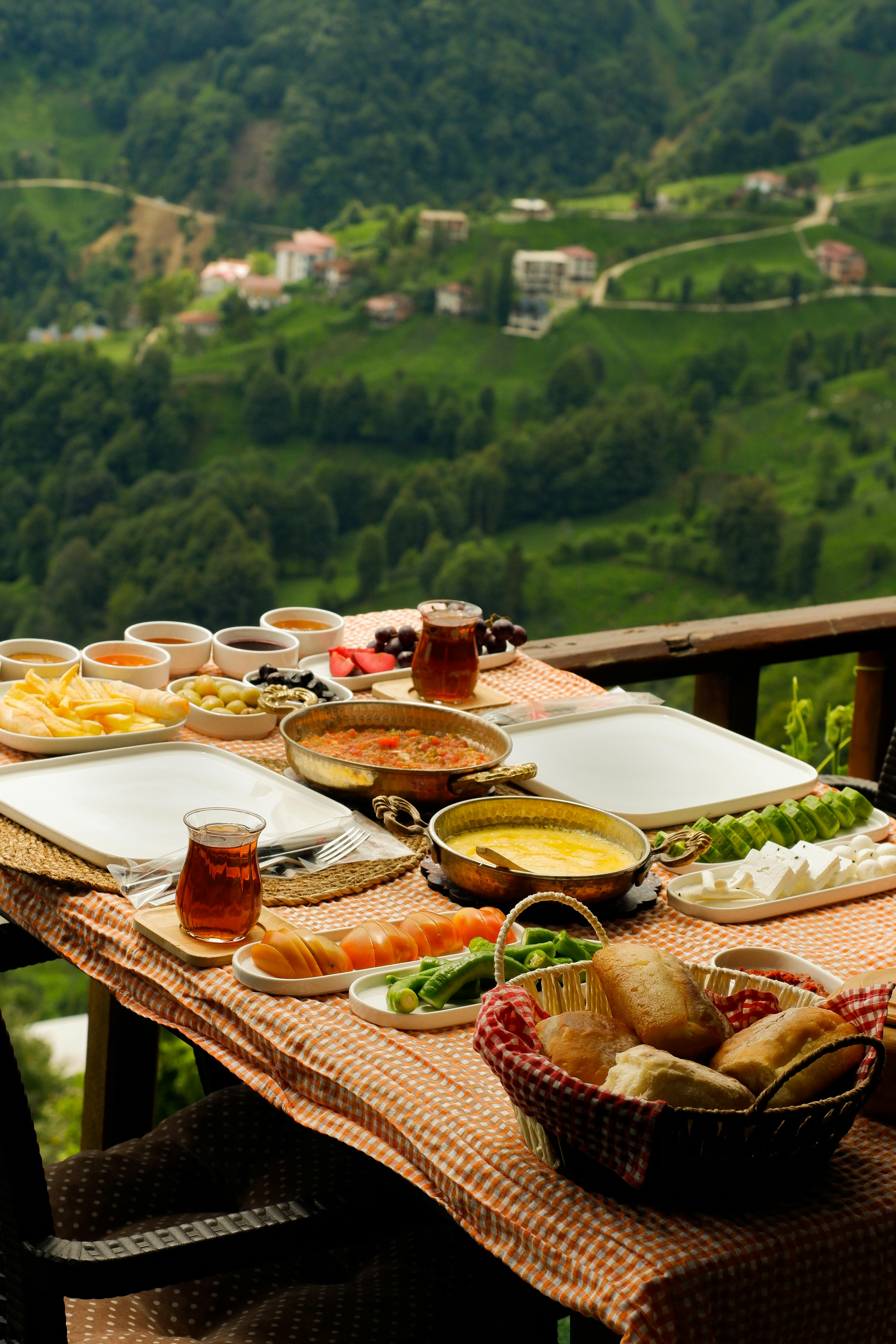Understanding Action Photography
Action photography is a challenging yet exciting genre that captures fast-paced scenes with precision. Whether it’s capturing athletes in motion, wildlife in action, or dynamic moments at events, action photography requires specific techniques to freeze the motion and create compelling images. This post will provide you with valuable tips and strategies to excel in action photography.
What is Action Photography?
Action photography is the art of capturing dynamic moments in a still image. It involves capturing subjects in motion to convey a sense of movement, energy, and excitement. By freezing the action, photographers can capture split-second moments that are visually striking and convey a story.
Challenges and Considerations in Action Photography
Capturing fast-paced scenes poses unique challenges. Firstly, you need to anticipate the action and be prepared to shoot at the right moment. Timing and patience are crucial. Additionally, fast-moving subjects require specific camera settings and techniques to avoid motion blur. Choosing the right focal length, adjusting shutter speed, and using continuous autofocus are essential for achieving sharp images. Another consideration is selecting the right angle and composition to enhance the dynamism of the scene.
By understanding the fundamentals of action photography and implementing the right techniques, you can master the art of capturing fast-paced scenes with precision and create compelling images that convey the energy and excitement of the moment.

This image is property of images.pexels.com.
## Selecting the Right Equipment
When it comes to action photography, having the right equipment is crucial to capturing fast-paced scenes with precision. By selecting the right camera, lens, and accessories, you can enhance your photography skills and take stunning shots.
Choosing the Right Camera
To photograph fast-paced scenes, you’ll need a camera with a high-speed continuous shooting mode. Look for a camera that offers a fast burst rate, allowing you to capture multiple frames per second. Additionally, a camera with advanced autofocus capabilities will help you keep your subjects sharp and in focus, even when they are in motion.
Lens Selection
Selecting the appropriate lens is equally important. A telephoto lens with a focal range between 200-400mm is ideal for action photography, as it allows you to zoom in on your subjects from a distance. This type of lens also offers a shallow depth of field, isolating your subject and creating stunning bokeh effects.
Essential Accessories
There are a few essential accessories that can further enhance your action photography. A sturdy tripod will provide stability and prevent camera shake, especially when shooting in low light conditions. Additionally, a high-speed memory card will ensure you can capture continuous shots without buffering delays. Lastly, consider using a camera strap or harness to keep your gear secure and easily accessible while on the move.
By carefully selecting the right equipment, you can improve your action photography and capture fast-paced scenes with precision.

This image is property of images.pexels.com.
## Mastering Camera Settings
Digital cameras offer a range of adjustable settings that can help you capture fast-paced scenes with precision. By understanding and utilizing these settings effectively, you can take your action photography to the next level.
Shutter Speed
One of the most crucial settings in action photography is the shutter speed. It determines how long your camera’s sensor is exposed to light. To freeze fast-moving subjects, opt for faster shutter speeds such as 1/1000 or higher.
Aperture
Adjusting the aperture impacts the depth of field in your photos. For action shots, it’s recommended to use a wider aperture (lower f-stop number) to blur the background and draw attention to the subject.
ISO
ISO determines the camera’s sensitivity to light. Higher ISO settings are useful in low-light conditions, but they introduce more noise in the image. To capture action scenes, try to keep the ISO low for sharper and cleaner images.
Focus Modes
Choosing the right focus mode is crucial for action photography. Continuous focus mode (AI Servo or AF-C) tracks moving subjects, ensuring they remain sharp throughout the shot.
Exposure Compensation
In challenging lighting situations, using exposure compensation can help you maintain proper exposure. Adjust it to brighten or darken your images while photographing fast-paced scenes.
By mastering these camera settings, you can maximize your chances of capturing action-packed moments with precision and detail. Take your time to experiment and practice with different settings until you find the combination that works best for you.
Capturing Motion Blur
Panning Technique
When seeking action photography techniques to capture fast-paced scenes with precision, mastering the art of capturing motion blur is essential. The panning technique involves moving your camera along with the subject’s movement, resulting in a sharp subject against a blurred background. To achieve great results, begin by setting a slow shutter speed and adjusting your camera’s autofocus to track the subject accurately. Practice moving your camera smoothly in sync with the subject’s motion to keep them in focus while blurring the surroundings.
Long Exposure
Another effective method for capturing motion is through long exposure photography. By using a slow shutter speed, you can create stunning images that display the movement and energy of the scene. Experiment with different exposure times to determine the ideal effect you want to achieve. This technique is particularly effective for capturing light trails or the smooth flow of water in action-packed scenes.
Using Tripods and Stabilizers
To ensure utmost precision and clarity, using tripods or stabilizers can greatly enhance your action photography. These tools help eliminate camera shake and ensure sharp images, even when shooting at slower shutter speeds. Investing in a good quality tripod or stabilizer can significantly enhance the quality of your action shots, allowing you to capture the fast-paced scenes with utmost precision.
With these action photography techniques, you can confidently capture fast-paced scenes with precision and create dynamic images that captivate viewers. So grab your camera, experiment with different approaches, and make your photos come to life with the thrill and energy of the action.
Freezing the Action
Capturing fast-paced scenes with precision requires specific action photography techniques. Here are some tips to help you freeze the action and get sharp images:
Fast Shutter Speeds
Using a fast shutter speed is crucial in action photography. It allows you to freeze the motion and capture crisp details. Start with a minimum shutter speed of 1/500th of a second and adjust accordingly based on the speed of the subject. Experimenting with higher shutter speeds, such as 1/1000th or even 1/2000th of a second, can help you capture split-second moments with clarity.
Continuous Shooting Mode
Switching your camera to continuous shooting mode enables you to capture a burst of images in quick succession. This increases your chances of capturing the perfect action shot, especially in fast-paced scenes where the subject is constantly moving.
High-Speed Sync
When shooting action scenes under bright lighting conditions, high-speed sync can be beneficial. This technique allows you to use a fast shutter speed while still properly exposing the subject. By syncing the camera’s flash with the high shutter speed, you can freeze the action while maintaining the desired lighting.
By mastering these action photography techniques, you can confidently capture fast-paced scenes with precision and create stunning images that convey energy and excitement.
Selecting the Right Angle
Choosing the Ideal Perspective
When it comes to action photography, selecting the right angle is crucial to capturing fast-paced scenes with precision. To ensure a dynamic shot, you need to consider the ideal perspective. Experiment with various angles to determine which best portrays the energy and intensity of the action. Getting down low and shooting from a low angle can add drama and power to your images. On the other hand, shooting from above can provide a unique bird’s-eye view, capturing the entire scene in a different way.
Positioning Yourself for Dynamic Shots
In addition to choosing the right angle, positioning yourself properly is equally important. Anticipate the movement of the subject and find a strategic spot that allows you to capture them in action. You may need to move quickly and adjust accordingly to get the perfect shot. Be aware of your surroundings and consider different vantage points. By being in the right place at the right time, you can capture the energy and excitement of fast-paced scenes with precision.
Mastering these action photography techniques will help you take stunning shots every time. Experiment with different angles and positions to find what works best for you and the specific scenes you’re capturing. Keep practicing and refining your skills to achieve impressive results.

This image is property of images.pexels.com.
## Utilizing Composition Techniques
When capturing fast-paced action scenes, it is crucial to utilize composition techniques that will enable you to achieve precise and impactful photographs. By incorporating these techniques into your photography, you can add depth and visual interest to your images while ensuring that the main subject is the focal point.
Rule of Thirds
One effective composition technique is the rule of thirds. Imagine dividing your frame into a grid of nine equal parts by two horizontal and two vertical lines. Placing the main subject along these intersecting lines or near the grid’s lines will create a more dynamic and visually appealing composition. This technique helps to avoid placing the subject directly in the center, making the photo more engaging.
Leading Lines
Another composition technique to consider is using leading lines. These are lines or shapes that lead the viewer’s eye through the image towards the main subject. By incorporating elements such as roads, fences, or even body gestures, you can guide the viewer’s attention to the focal point, enhancing the overall impact of the photograph.
Frames within Frames
Utilizing frames within frames is another effective technique to capture action scenes with precision. By using elements in the foreground or background, such as doorways, arches, or windows, you can create a frame that surrounds the main subject. This not only adds depth to the photograph but also directs the viewer’s attention towards the action happening within the frame.
By incorporating these composition techniques into your action photography, you can create visually stunning and impactful images that effectively capture the fast-paced nature of the scene. Keep in mind that practice and experimentation will help you perfect these skills and develop your own unique style. So, grab your camera, head out to shoot some action, and have fun exploring these composition techniques!
Understanding Lighting Conditions
Capturing action scenes with precision requires a strong understanding of lighting conditions. Proper lighting can greatly enhance the clarity and impact of your action photographs. Here are a few key considerations to keep in mind:
Natural Lighting
When shooting outdoors, natural lighting can be both a friend and a challenge. The intensity and direction of sunlight can greatly affect the quality of your images. Ensure that the light is not too harsh or too dim, as it can lead to overexposure or underexposure. Pay attention to the position of the sun to utilize it as a key light source for dynamic shots.
Outdoor Lighting Considerations
Outdoor action photography often involves varying lighting conditions, such as cloudy or sunny days. Cloudy days can offer softer and more even lighting, while sunny days with clear skies can create vibrant and contrasted images. Understanding how to adapt to different lighting situations will allow you to capture the essence of the action while maintaining a high level of detail and clarity.
Indoor Lighting Challenges
Indoor action photography presents unique challenges, as the lighting conditions are usually less favorable than outdoors. Take note of any artificial lighting sources, such as fluorescent or tungsten light, which can produce color casts or create unwanted shadows. Adjusting your camera settings and utilizing additional lighting equipment, such as flash or continuous lighting, can help overcome these challenges and produce sharp and dynamic action shots.
By understanding and adapting to various lighting conditions, you can successfully capture fast-paced scenes with precision, ensuring that your action photographs stand out and tell a powerful visual story.
Using Advanced Focusing Techniques
Fast-paced action scenes require precision and accuracy in every shot you take. To capture those dynamic moments with utmost clarity, it’s essential to master advanced focusing techniques. By using these techniques, you can ensure that your subject remains in sharp focus, no matter how rapidly it moves.
Predictive Focus
Predictive focus is a powerful technique that allows your camera to anticipate the movement of your subject. By enabling this feature, your camera will continuously track the subject’s movement and adjust the focus accordingly. This ensures that the subject remains sharp, even when it moves quickly across the frame.
Back Button Focus
Back button focus is another useful technique for action photography. Instead of using the shutter button to focus and capture the image simultaneously, you can assign the focus function to a different button on your camera’s back. By separating the focusing and shooting functions, you gain more control over the autofocus, making it easier to track moving subjects and capture them with precision.
By mastering these advanced focusing techniques, you can elevate your action photography to new heights. Remember to experiment with different settings and practice regularly to enhance your skills and capture stunning images of fast-paced scenes. Happy shooting!
Post-Processing and Editing
Once you have successfully captured those fast-paced action shots, the next step is to enhance and fine-tune your images through post-processing and editing. This crucial step will help you achieve the desired precision and visual impact in your photographs.
Choosing the Right Editing Software
To begin, you should select a reliable editing software that suits your needs. Popular options include Adobe Lightroom, Photoshop, and Capture One. These tools offer a variety of powerful features that allow you to manipulate and refine your images with ease.
Adjusting Exposure and Contrast
One of the key aspects of action photography is ensuring proper exposure and contrast. Take advantage of editing software’s exposure and contrast adjustments to balance the light and dark areas in your photographs. By incrementally increasing or decreasing the exposure and contrast, you can bring out the details and highlight important elements in your fast-paced scenes.
Enhancing Colors and Details
To make your action photographs truly stand out, consider enhancing the colors and details during post-processing. Adjust the vibrance or saturation levels to make the colors pop, adding depth and vibrancy to your images. Additionally, sharpening tools can help bring out the intricate details of your fast-paced scenes, adding a sense of clarity and sharpness.
By utilizing these post-processing and editing techniques, you can elevate your action photography to new heights of precision and impact. Experiment with different settings and adjustments to discover your unique style and bring your vision to life. Remember, it’s your creativity and attention to detail that will truly make your images shine.
